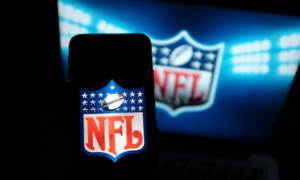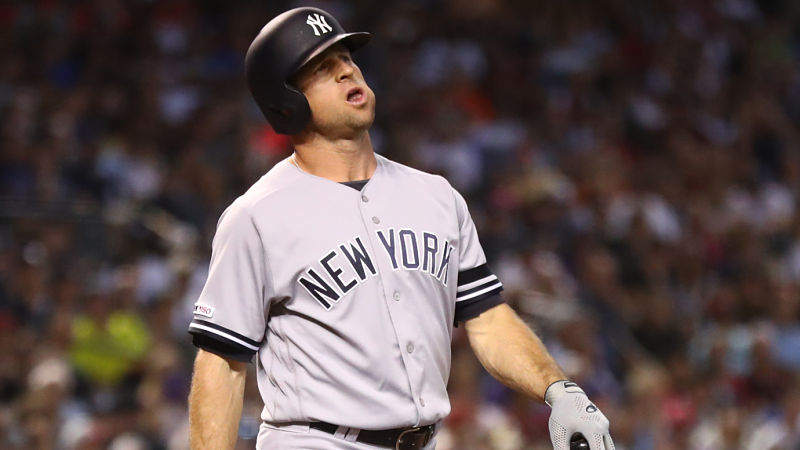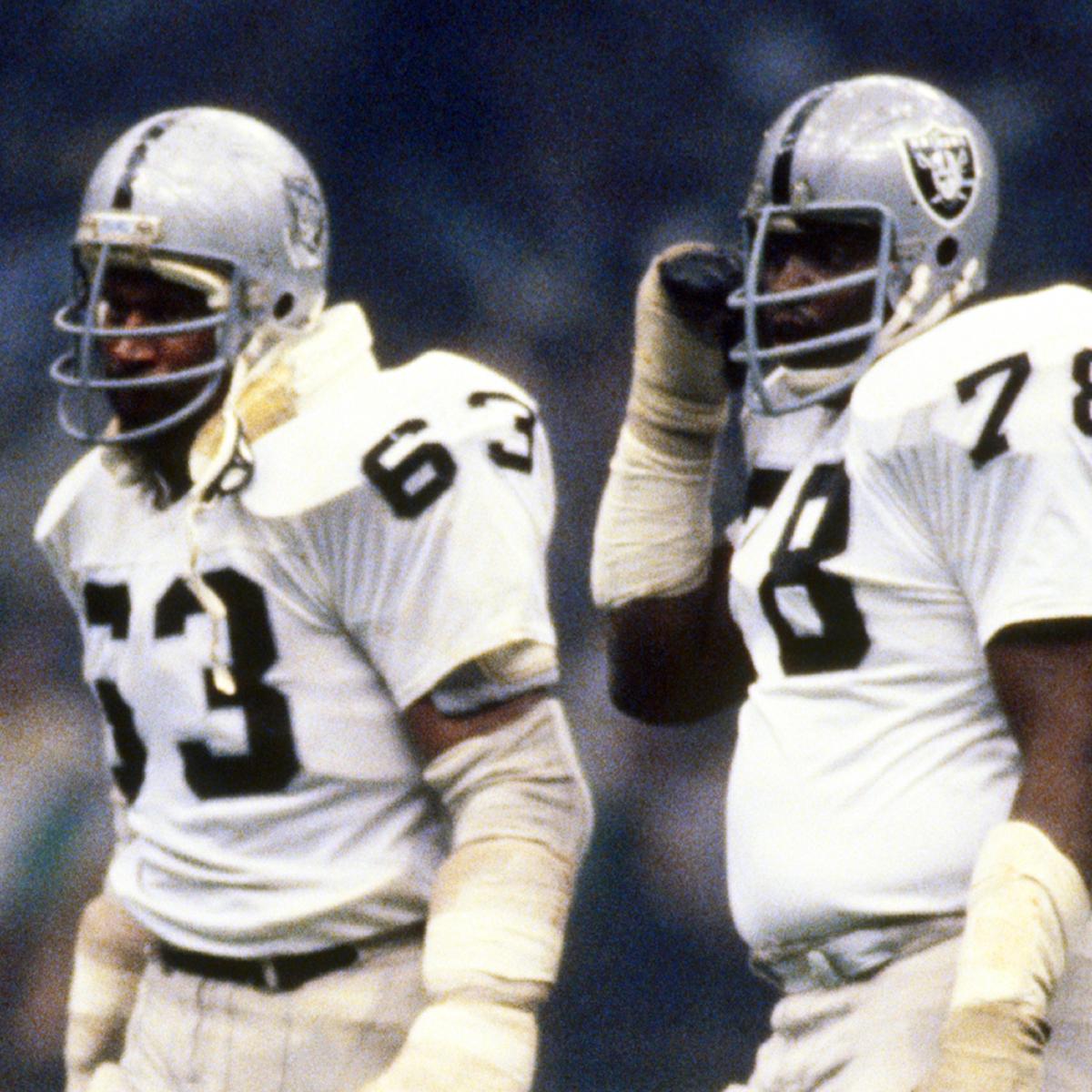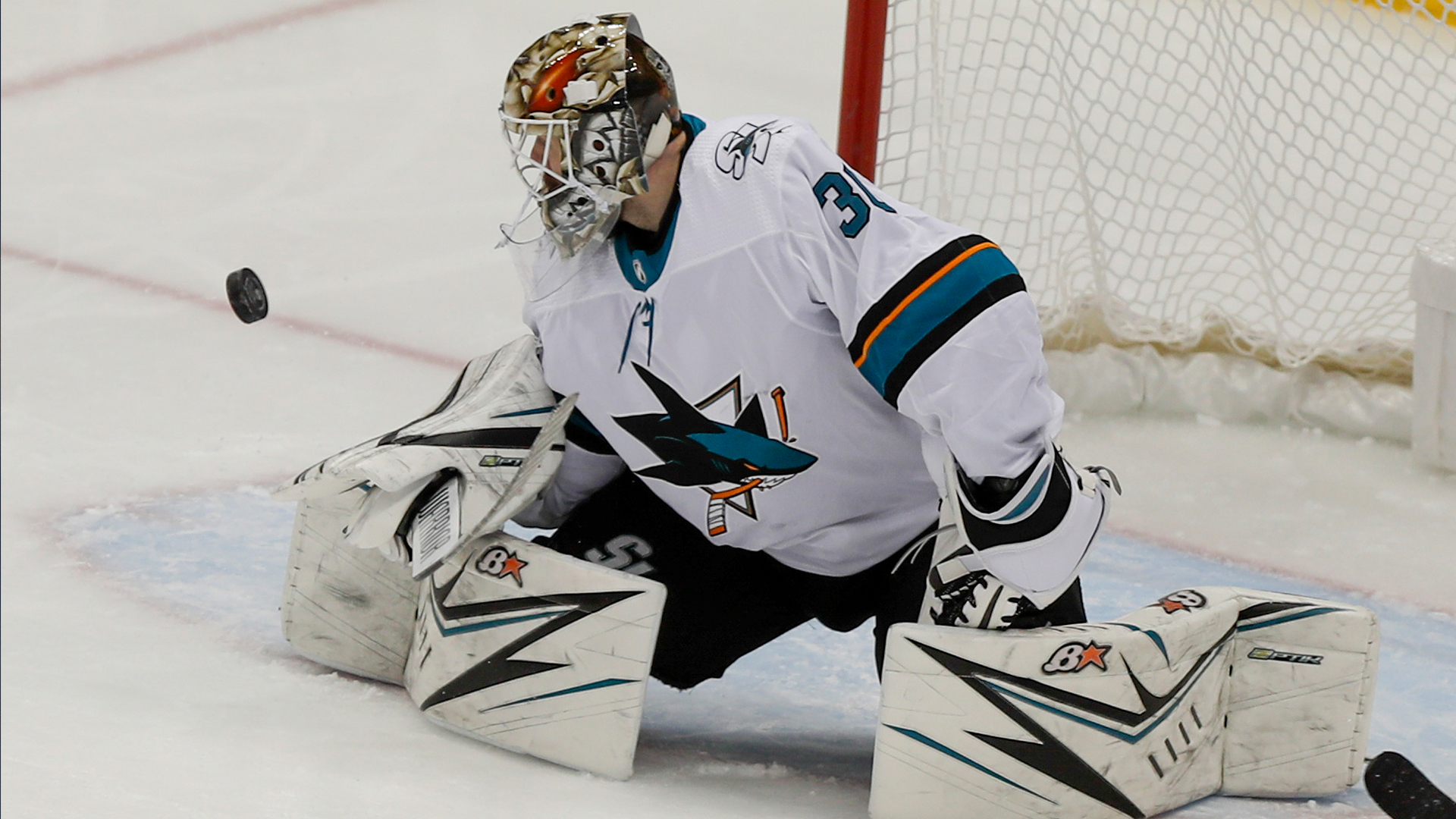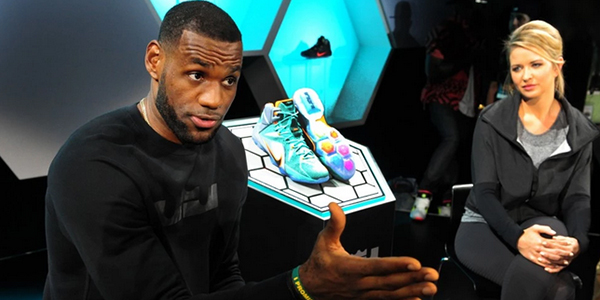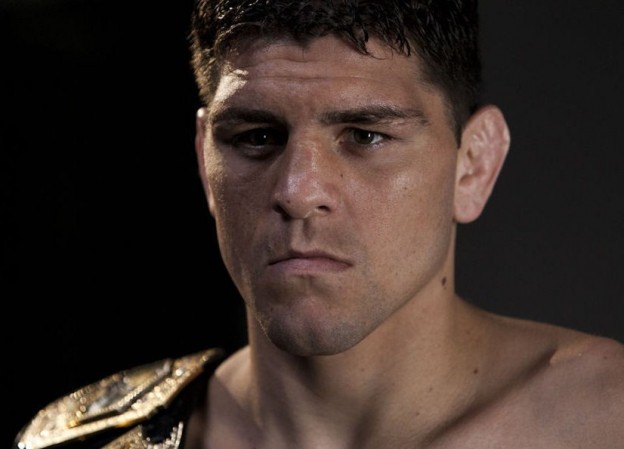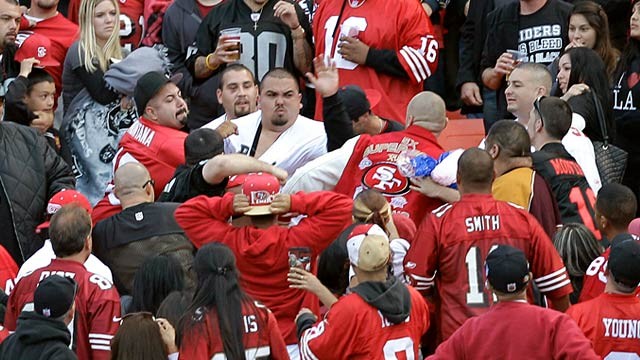In 2020, winning baseball does not always equate to aesthetically pleasing baseball.
There is no move that represents the Tampa Bay Rays better than the most controversial one from Game 7 on Saturday.
Starter Charlie Morton was pitching beautifully. But when he allowed a two-out single to put runners at the corners in the sixth inning of a 3-0 game, even though he had been dealing, there was no hesitation from manager Kevin Cash. The skipper came out to yank him.
“All of Twitter is ablaze right now,” intoned the broadcast. “Let’s see how this works out for the Rays.”
reaction that had prompted mention on the broadcast? Cash’s decision elicited such a response not just because of how risky it might have been but also because of how it felt to watch. While some of the Twitter blaze came from a purely tactical standpoint—why this would or would not work—much of it was aesthetic. Morton had been a thrill to watch, supposedly still with more in the tank at 66 pitches, and now, at the most dramatic point of the night, viewers could see him… get yanked for a new pitcher. It worked. (It often does for the Rays.) Reliever Nick Anderson needed just two pitches to get out of the jam. As for the visceral audience reaction that had prompted mention on the broadcast? Cash’s decision elicited such a response not just because of how risky it might have been but also because of how it felt to watch. While some of the Twitter blaze came from a purely tactical standpoint—why this would or would not work—much of it was aesthetic. Morton had been a thrill to watch, supposedly still with more in the tank at 66 pitches, and now, at the most dramatic point of the night, viewers could see him … get yanked for a new pitcher.

To be clear, it was smart, as well as effective. (Morton was on his third time through the order, where his own stats strongly echo the conventional wisdom about the right time to pull a guy, and on his last few batters, he’d looked as if he had started to lose his feel for the zone.) But “smart” and “effective” do not always make for an ideal viewer experience.
In a sense, Cash’s decision felt like a perfect summary of the team as a whole—a smart choice that worked. It also represented a brand of baseball at the center of a debate over the aesthetics of the modern game.
Which leads us to a championship partially anchored by a somewhat unusual question: Are the Rays fun to watch?
It’s already been examined by The Athletic and the Wall Street Journal and SB Nation’s Beyond the Box Score. Unsurprisingly, there’s no consensus answer—“fun” is variable, everyone has their own definition of the term when it comes to baseball, and people watch baseball for reasons other than simple enjoyment, anyway. There’s no one consistent measure here. (And even if there were, and even if it found sufficient basis to declare the un-fun-ness of the Rays, it would probably still hold that any baseball is going to be more fun in the World Series.) But the fact that the conversation exists at all is notable. The Rays’ style of play is different—maybe you like it and maybe you don’t. But there’s some kind of a dynamic play. So here‘s your definitive guide to the question of the week: Are the Rays fun to watch or not?
How They Pitch
The Rays’ bullpen is arguably the best in baseball; their pitching staff, as a whole, is quite close to the same. There’s a reasonable case to be made that this alone is a mark in favor of “fun to watch.”
It’s not hard to see the opposite argument here, too, though: The Rays’ average starter is pulled after 71 pitches, typically in the fifth inning, which represents a shorter leash than that of any other team. (This is both reflective of a general league trend and far in front of it—MLB’s average number of pitches for a starter fell this year to a record-low 80.) But this is not an indictment on their starters. Tyler Glasnow is a marvel; Charlie Morton’s curve has the sort of perfectly smooth geometry that makes you think it must be computer-generated; Blake Snell, while a few years removed from his Cy Young, is still entirely capable. It’s just that the bullpen is that good and is frequently deployed early to maximize its efficiency—which, again, depending on your personal preferences, is either quite fun or the complete opposite.
A shutdown bullpen is typically a delight. But this ‘pen draws much of its ability from the contrast between its arms rather than from the individual strengths of any one pitcher. This means a lot of pitching changes, and not always in a consistent order, as there is no guy here who is The Guy; there aren’t really even any set roles. (12 different pitchers recorded a save in the regular season for the Rays.) There is plenty to admire here. Analyzing the differences in the deliveries of these relievers is its own small form of joy. It just doesn’t quite match conventional pitching rhythms and structures. Which is not a bad thing! But it’s up to you whether it’s a fun thing.
The Defense
This one probably seems clear. A great defense just might be the most obvious form of fun in baseball, and this defense, at its best, is incredibly fun. (Any of these catches from Game 3 of the ALCS should work as an example.) But what makes the Rays’ defense so strong is not the athleticism or timing or anything else on display in those highlights. It’s a quality that’s far less sexy—their positioning. They excel at getting their guys in exactly the right place at exactly the right time, which, yes, helps make those flashy catches possible, but it mostly just helps them make routine plays look routine. It’s not always showy. It’s not always even obvious. (Their positioning doesn’t involve trying an infield shift much more than the average team, for instance, although they are more likely to use unorthodox shifts such as a four-man outfield.) The highlights are a blast to watch. But the bulk of the power here is from something far more subtle.
And Ji-Man Choi’s splits. Those are definitely fun.
No One Knows Who These Guys Are
This line of argument has been used against the Rays for just about as long as the franchise has existed. It’s tired. (Also, it’s probably not even true, since if you’ve watched even one inning this October, you definitely know Randy Arozarena.) But its crux is valid: There are no big names here. Which is another eye-of-the-beholder deal. What’s a group of lovable no-names to one man is a lack of star quality to another—both of these can be fun in their own distinct ways.
And What About the Ethos Behind … Everything?
It’s not a coincidence that all of these features are somewhat connected. If there’s a through line, it’s efficiency, both in roster construction and in on-field strategy. They’re a baseball team for the age of the algorithm. This spirit is not anything new for them—though its increased influence on the sport as a whole is growing. But it can be hard not to take the club as a cohesive statement on the virtue of this model, which can make the process of rooting for them feel a little more like rooting for (or against) an entire ideology.
But an individual baseball game is neither a referendum nor a moral statement. There is, of course, room for a bigger conversation that can include both of those. The game itself, though? It’s a game. And it’s usually fun to watch.
——————-

